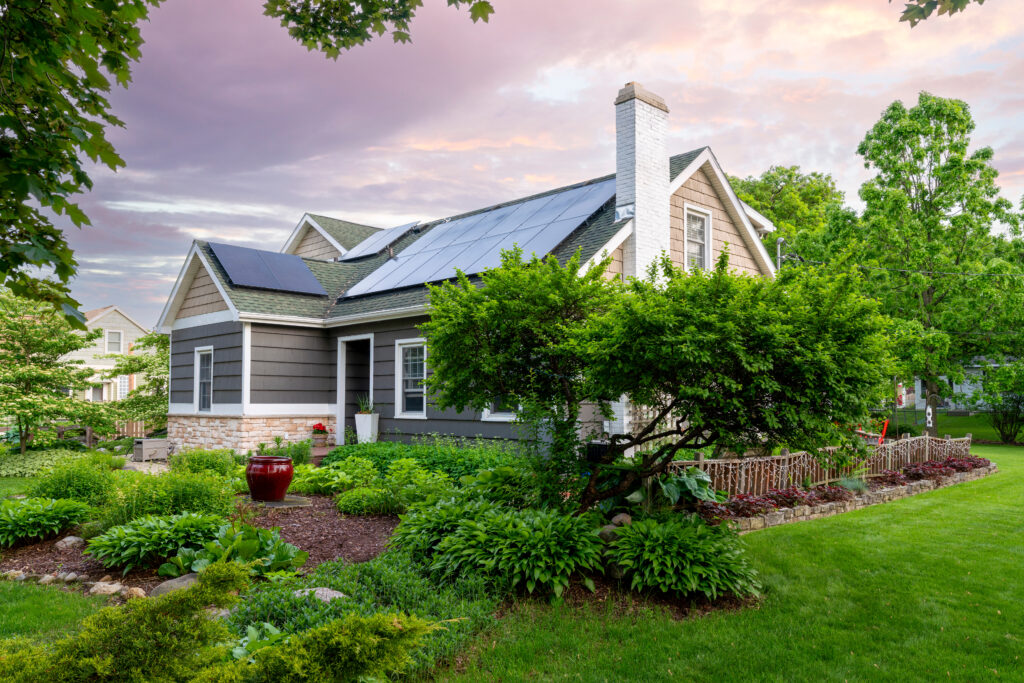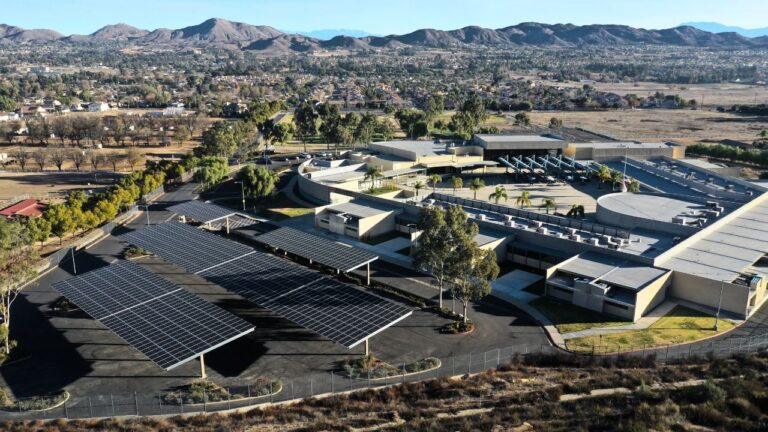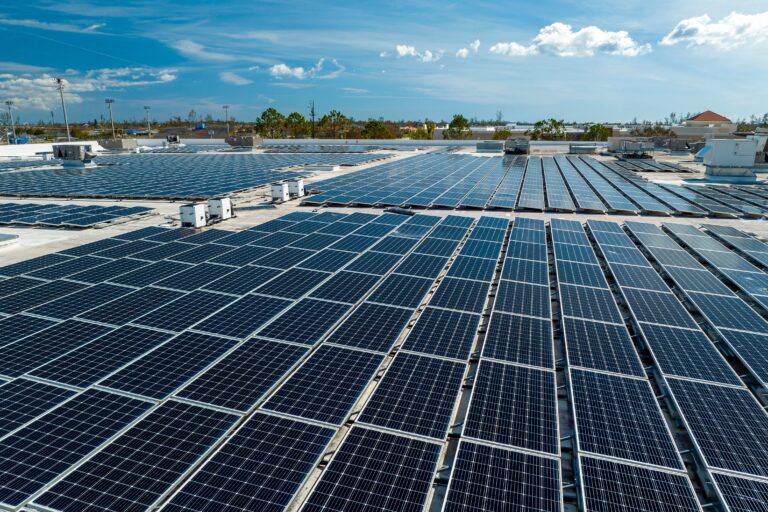From cost savings to environmental impact, a closer look at why it makes sense to go off the grid
Off-grid living has a number of different meanings to people.
Some use the phrase “going off the grid” as a way of telling others they won’t be available for a while. Others use it as a synonym for “I need a break.”
But in a literal sense, “going off the grid” means disconnecting from a reliance on society’s public utilities.
This was how society functioned for centuries, until modern conveniences progressed and adapted, allowing individuals and families to get essential resources from a centralized source.
But in recent years, rising costs and other concerns have caused people with the means to do so to move back in the other direction – removing their dependence on these publicly provided resources and moving back to a disconnected, self-sustaining, “off-grid” way of living.
Most commonly, this refers to removing the need to rely upon the electrical grid. People are able to go off-grid by maintaining alternative sources such as solar or wind with battery-powered energy storage systems.
Some of their reasons and advantages to this approach:
The Cost Savings of Off-Grid Living
Cost-of-living expenses are always increasing, and recent inflation compounds these concerns.
Electricity and other utilities are on the rise and will continually become more expensive as the strain on the electric grid expands.
Meanwhile, after the initial investment into renewable sources and energy storage, off-grid living is remarkably affordable with minimal monthly costs.
Reducing or completely removing a monthly electric bill from your expenses, over time, will more than make up for the cost of the initial investment into sustainable energy sources.
Environmental Benefits of Off-Grid Living
With each passing year, climate change becomes a more pressing concern.
NASA scientists performed an analysis showing the core temperature of the earth has increased by 1.1° Celsius (about 2° Fahrenheit) since 1880 – and that much of the increase has taken place since 1975.
Even anecdotal evidence, including continually lower snow totals in Eastern cities each year, paint a dreary picture for the future. Hurricanes and other storms of growing frequency and severity impact the Caribbean and southern United States almost annually.
At our current rate, we’ll see the temperature increase by another 1° Celsius around the year 2070. And the greatest culprit? The continued burning of fossil fuels.
Greenhouse gas emissions trap heat and contribute to rising temperatures, and about 25% of all greenhouse gas emissions in the United States originate from energy consumption in residential areas.
While many are fortunate enough to live in areas with abundant sunshine for much of the year, going off-grid provides two-way protection from climate change.
For the individual, it’s a strategy for reducing the carbon footprint and conserving resources. With solar, you know where 100% of your energy comes from.
Efficient systems require less sunlight than ever before to completely power your home, business, or other structures.
But slowing climate change is a worldwide concern, and without everyone doing their part the effects are inevitable. Making the switch to off-grid living removes reliance upon an electric grid that sees more and more climate-related impacts with every passing year.
Living Off-Grid to Disconnect from Utilities
Saving money is a big reason to disconnect from public utilities – probably the main reason.
But people have additional motivations.
Energy and other utility companies are beginning to adjust to the off-grid alternatives. As businesses do, they’re attempting to compete with higher fees, disadvantageous solar buyback rates, or fee structures that negate the savings from using solar or alternative means of energy.
When everything is equal, there are plenty of advantages to remaining grid-connected even while attempting to reduce energy consumption. After all, you can go off-grid for about 9-10 months out of the year on a mere 40-60 kWh of energy storage and an appropriate solar array, but full elimination of the grid requires a battery bank 2-3 times the size.
But as that benefit slowly disappears, the instinct to go off-grid becomes stronger and stronger.
Off-Grid Living is the Future
Economic and environmental concerns combined with the stresses and pressures of everyday life figure to drive the greater popularity of off-grid living for the foreseeable future.
As such, the amenities and options for people living off-grid will continue to improve over time.
In 2020, there were 1.7 billion people living off-grid worldwide, with more than 250,000 of those people calling the United States home. Most interesting was the fact that nearly 80 million households are using solar technologies designed specifically for off-grid living.
It’s hard to predict the future, and some people will surely go in the other direction – increasing their reliance upon technology and public utilities, adding to the strain on the grid and other services.
But as prices climb, climate-related concerns mount and push society ever closer to the brink of a full-blown crisis. An off-grid lifestyle allows each person to do their part to stave off disaster, while insuring themselves and their loved ones against the fallout of climate change.






















